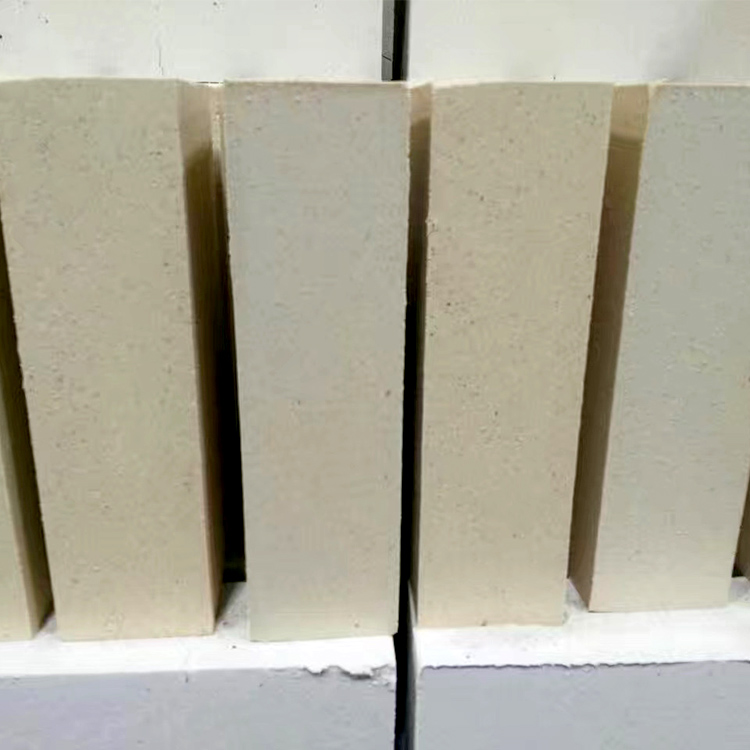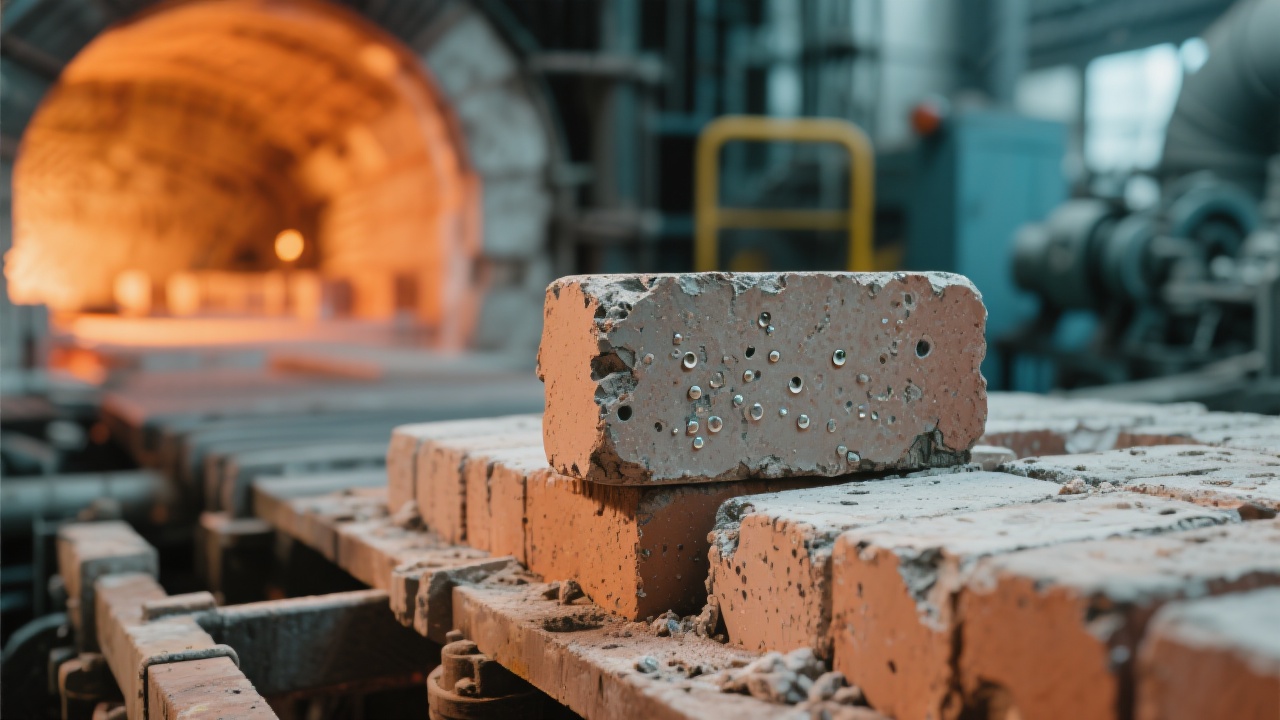Optimal Selection and Installation Guidelines for High-Performance Andalusite Refractory Bricks under Rapid Thermal Cycling Conditions
26 09,2025
Tutorial Guide
This article focuses on the correct selection and installation standards of high-performance andalusite refractory bricks used in steel furnace environments subjected to rapid temperature changes. It provides an in-depth analysis of their superior creep resistance and thermal shock durability, aligning with practical production demands. Detailed installation precautions and comprehensive maintenance tutorials are presented, covering routine condition monitoring, identification of thermal shock cracks and creep indications, as well as scientific maintenance planning. These insights aim to assist engineers and maintenance teams in extending refractory brick lifespan, ensuring safe and stable furnace operation while enhancing productivity and economic efficiency. Enriched with illustrative charts, case studies, and technical data, the guide combines professionalism with practical relevance and serves as an essential technical reference in the steel furnace industry.

Optimizing Mullite Refractory Bricks for Rapid Temperature Change Environments in Steel Furnaces
In steel production, refractory materials endure some of the most extreme conditions — particularly rapid thermal cycling. Mullite refractory bricks excel in such environments, characterized by their exceptional anti-creep and thermal shock resistance. This guide provides a thorough methodology for selecting and installing mullite bricks tailored to fast temperature changes, with actionable insights into maintenance best practices that ensure longevity and operational stability.
Key Performance Characteristics of Mullite Refractory Bricks
Mullite bricks (3Al₂O₃·2SiO₂) present superior properties making them ideal for rapid temperature variation zones. Their inherent crystallographic structure delivers:
- High thermal shock resistance: Mullite bricks resist abrupt temperature changes, typically withstanding ≥150 thermal shocks without visible damage.
- Excellent creep resistance: At service temperatures up to 1600°C, their anti-creep deformation rate is at least 30% better than standard alumina bricks.
- Chemical stability: Resistance to slag and alkaline penetration significantly reduces corrosion-related failures.
Selecting the Right Mullite Brick for Steel Furnaces
Correct selection hinges on precise knowledge of furnace operating parameters, such as temperature fluctuations, mechanical stress, and chemical exposure. Recommended selection criteria include:
| Criterion |
Performance Benchmark |
Recommended Range |
| Porosity |
Lower porosity improves strength & reduces slag penetration |
14% - 18% |
| Modulus of Rupture |
Critical for load-bearing bricks |
≥ 18 MPa at 1300°C |
| Thermal Shock Resistance |
Measured by number of shocks before crack initiation |
≥ 150 cycles |
| Creep Deformation Rate |
Lower value indicates better shape retention |
< 0.15 % after 100h at 1500°C |
Installation Protocols for Enhanced Performance
Installation directly affects brick lifespan and furnace safety. Best practices include:
- Pre-heating and Conditioning: Gradually heat new bricks to about 600°C before full operational temperature to minimize thermal stress.
- Proper Jointing: Utilize high-temperature gunning mixes with compatible thermal expansion rates. Avoid overly thick joints beyond 3 mm.
- Alignment & Anchorage: Ensure bricks are flush and tightly aligned to prevent hot spots. Use stainless steel anchors resistant to oxidation.
- Thermal Insulation Layer: Install quality insulating bricks or castables behind mullite bricks to reduce heat loss and internal stress.

Maintenance: Monitoring and Prolonging Brick Life
Continuous condition monitoring coupled with timely repairs is paramount to prevent unexpected downtime. Recommended maintenance routines:
| Inspection Type |
Key Indicators |
Frequency |
| Visual & Acoustic Examination |
Microcracks, loose bricks, spalling sounds |
Weekly |
| Thermal Imaging Scans |
Hotspots indicating lining failure or corrosion |
Monthly |
| Ultrasonic Testing |
Internal cracks, voids, and delamination |
Quarterly |
| Creep and Hot Corrosion Analysis |
Dimensional changes and material degradation |
Annual |
Implementing a planned maintenance schedule can increase refractory lifespan by up to 40%, significantly reducing furnace downtime and associated operational costs.

Case Study: Enhancing Furnace Availability Using Mullite Bricks
A leading steel mill in Northern Europe replaced conventional alumina bricks with tailored mullite bricks in their induction furnace subjected to rapid thermal cycles. Key outcomes in an 18-month period included:
- Reduction of brick-related shutdowns by 60%
- Decrease in thermal shock cracking incidents by 70%
- Extension of lining service life from 12 to 18 months
- Overall energy consumption reduction by 5%, aided by improved insulation

This practical example underscores how optimized material choice paired with meticulous installation and maintenance drastically betters furnace uptime and economic performance.




